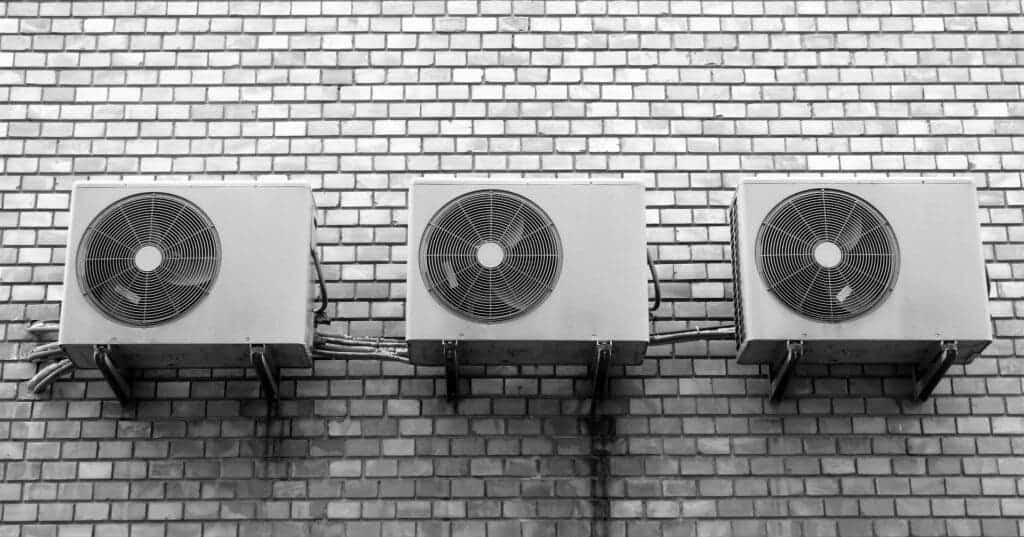
One of the big ironies of climate change is that as the temperature rises, the technology that people need to stay cool will make the climate hotter. Air conditioning (AC) units are expected to quadruple to 9.5 billion by 2050, accounting for as much as 0.5-degree Celsius rise in global temperatures by 2100. This means we need more sustainable air conditioning.
A team of US researchers has now created a prototype device that could one day replace existing ACs. It’s more environmentally friendly as it uses solid refrigerants to cool a space instead of hydrofluorocarbon gases, which are thousands of times more potent than carbon dioxide. The findings were presented at this week’s fall meeting of the American Chemical Society.
Current AC technology relies on industrial chemicals called hydrofluorocarbons (HFCs), which absorb 150 to 5,000 times more of the sun’s energy than carbon dioxide. Chemist and material scientist Adam Slavney, one of the researchers behind the new prototype, says that simply installing a new AC or throwing one away “is a huge driver” of global warming.
Cooling without warming the planet

Cooling systems work by making a refrigerant to cycle between being a liquid and a gas. When the liquid becomes gas, it expands and absorbs heat, cooling a room. A compressor then turns the gas back into a liquid and released heat, which is directed outside the home. It seems an effective cycle — and in many ways it is — but the refrigerants used in these systems have always been a bane on the environment ever since they were invented.
A solution could be to use solid refrigerants, which, unlike gases, don’t leak into the environment. The researchers at Harvard University behind the new prototype found that barocaloric materials, a type of solid refrigerants, can be just as effective as traditional cooling systems. The AC uses pressure to go through the heat cycles, the pressure then drives a solid-to-solid phase change.
This means the material remains solid, but the internal molecular structure changes. Barocaloric solid materials are molecular chains that are typically disordered but under pressure become ordered and rigid, releasing heat. The process of going from an ordered to a relaxed structure is like melting wax but without it becoming a liquid, the researchers explained.
However, barocaloric systems also have their drawbacks. They require a lot of pressure to drive heat cycles. And to produce these pressures, specialized equipment is needed. But the researchers have now found that barocaloric materials can also act as refrigerants at much lower pressure. They built a cooling system from scratch and put these into practice.
The prototype has three main parts. A metal tube filled with the solid refrigerant and an inert liquid (water or oil), a hydraulic piston that applies pressure to the liquid, and the liquid that transfers that pressure to the refrigerant and carries heat through the system. While it still doesn’t use pressure as low as commercial AC systems, the researchers are hopeful they can get there.
“We’re really hoping to use this machine as a testbed to help us find even better materials,” said Slavney.
The team plans to test different barocaloric materials, including some that work at lower pressures and can carry heat better. They believe that solid refrigerants could eventually become a replacement for cooling technologies.









